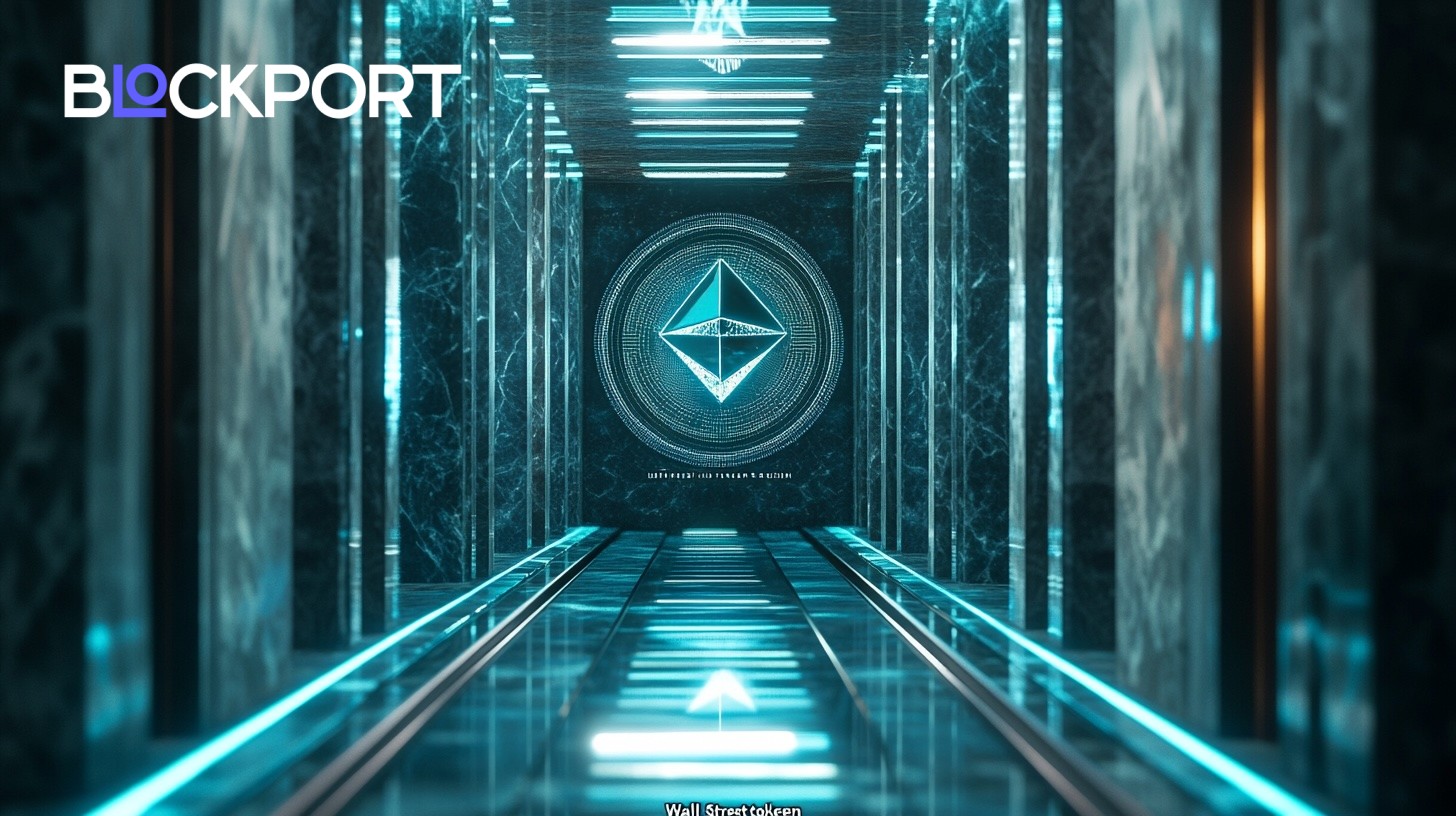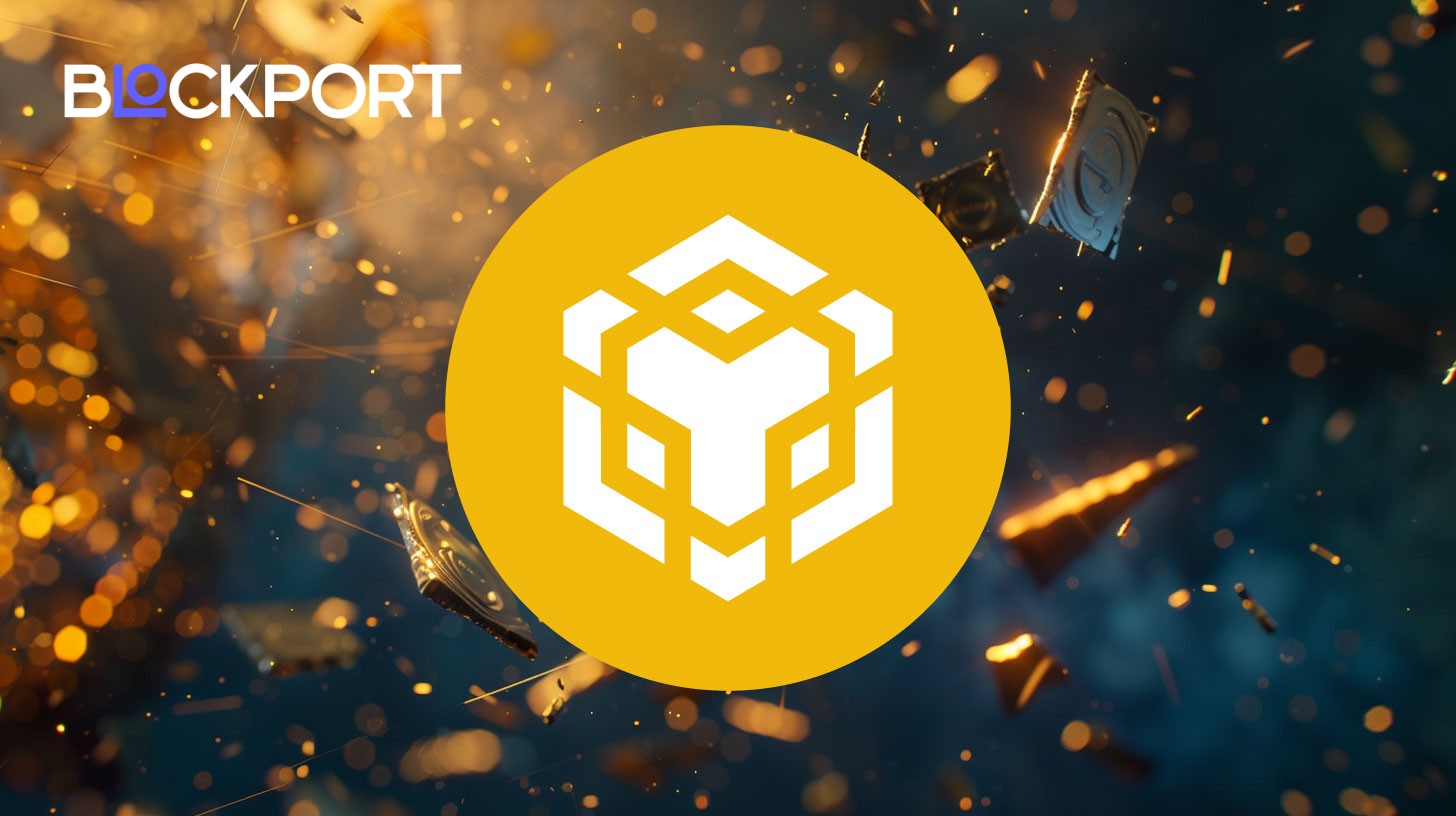Blockchain and Data Powering Distributed Data Centers

A clear look at how cloud-era tools add verifiable logs, cross-site trust, and new operating models to modern facilities-plus the trade-offs architects should keep on the radar.
How Blockchain & Cloud Redefine Data Center Architectures
Blockchain changes the basic layout of a data center by shifting from one big system to many coordinated systems. Instead of keeping critical records in a single database, a blockchain keeps identical copies across many machines (nodes) and writes every change to an immutable blockchain ledger. That design removes single points of failure and makes tampering visible. The trade-off: extra coordination between nodes adds latency and reduces peak throughput compared with a local database. Because of that, modern setups are hybrid: use blockchain for trust (proof, audit, provenance) and keep frequently used data in fast cloud or edge storage.
Blockchain is not here to tear down and replace their current tech stack, but to help them operate more efficiently within their existing infrastructure.
– Medha Parlikar, Chief Technology Officer & Co‑Founder, Casper Labs
This distribution also affects the network inside the data center. Older “three-tier” networks were built for traffic going in and out of the building (user ↔ server). Blockchain and cloud microservices create heavy east–west traffic (server ↔ server), so operators adopt spine-and-leaf architecture for data center networking. In simple terms, every rack switch (“leaf”) connects to every core switch (“spine”), so most servers can talk to each other in two hops. That flattens bottlenecks, keeps latency low during block syncing, and scales by adding more spine or leaf switches.
On the infrastructure side, some blockchain workloads are power-hungry (GPU/ASIC clusters for mining or high-throughput validation). Facilities supporting them raise rack power density, strengthen UPS/generator capacity, and deploy advanced cooling (hot-aisle containment, liquid or even immersion cooling). Even when the blockchain itself is lightweight, the surrounding cloud AI and data workloads push operators toward “always-on, high-density” engineering.
Cloud platforms now offer ledger services that slot into enterprise IT without running a full public blockchain. Examples include Azure Confidential Ledger and AWS QLDB. They give organizations tamper-evident logs for admin actions, software changes, or access events-useful for compliance and Zero-Trust security-while integrating through familiar cloud APIs and identity tools.
Finally, many enterprises run across multiple clouds and sites. Here, permissioned blockchains (e.g., Hyperledger Fabric) can act as a shared trust layer between data centers: each site runs a node; changes are recorded once and recognized everywhere. That helps with cross-organization logging, identity updates, and controlled data sharing-without replacing existing databases or DCIM systems.
Practical takeaway: the emerging pattern is cloud for performance, blockchain for verifiability-stitched together by modern network fabrics and operational tooling.
In this context, massive, centralized data centers are obsolete. They’re rigid, expensive, and confined to one geographic location. Even worse, they create single points of failure.
– Greg Osuri, Chief Executive Officer, Akash Network
Blockchain and Cloud as the Trend for Data Centers
Enterprise adoption of blockchain has shifted from experiment to execution in the 2023–2025 window, largely because cloud platforms lowered the barrier to entry. Surveys reported that close to 90% of businesses had at least pilots or limited deployments in place, and analyst forecasts pegged global spending near the ~$19B mark in 2024. For blockchain data center deployments, that means practical demand: compute for nodes, storage for ledgers, and new opportunities to host “blockchain‑enabled” services alongside conventional cloud workloads.
Hyperscalers and colocation operators are steering this trend. AWS ships managed blockchain services (Ethereum, Hyperledger Fabric) and QLDB for verifiable logs; Azure offers Confidential Ledger for tamper‑evident records that fit neatly into Zero‑Trust programs. On the color side, Equinix positions Metal for Web3 node hosting with low‑latency reach into clouds and networks. Digital Realty and Iron Mountain pair that with energy transparency-matching facility consumption to renewable supply and proving it with time‑stamped, ledger‑based certificates aimed at sustainability‑minded tenants.
A parallel movement is DePIN (Decentralized Physical Infrastructure Networks). Filecoin, Render, and Akash let operators expose storage or compute capacity through tokenized marketplaces. For mid‑market U.S. data centers, this is both an outlet (register excess capacity on these networks) and potential competition (tenants may procure capacity via decentralized markets). Telcos are testing similar ideas for 5G edge, treating computers at cell sites as a shared, ledger‑coordinated pool.
ESG has become a concrete use case. Time‑based energy attribute certificates (T‑EACs) allow operators and their customers to validate that specific megawatt‑hours came from specific renewable sources, hour by hour.
FlexiDAO has been a key collaborator… enabling hourly clean‑energy validation for our facilities.
– Savannah Goodman, Google
Analyst outlooks converge on interoperability and hybrid design: plan for a “network of networks,” where blockchains link to each other and to legacy systems. Net effect: treat blockchain as complementary to cloud-another layer in the toolkit that adds verifiability, auditability, and coordinated multi‑party workflows to the data center stack.
Practical Applications of Blockchain Within Modern Data Centers
Why does it matter? Operators need verifiable control, auditability, and automated coordination across clouds and colocation sites. Blockchain adds a layer of tamper‑evidence and shared trust without replacing existing stacks.
Identity & Access Management (IAM). Use permissioned ledgers (with DIDs) to record and validate privileges for staff, contractors, and service accounts. Physical entries/exits and privileged logins become signed, append‑only events. If a central IAM is compromised, the ledger still exposes illicit changes.
Immutable audit logging for compliance. Write DCIM and security events (firmware updates, network reconfigs, generator tests) to an append‑only ledger. Smart policies can alert-or lock down-when out‑of‑window changes appear. This supports Zero‑Trust reviews and faster audits. Extend this to data centre network architecture by anchoring ACL updates, SDN controller intents, and spine‑leaf topology changes to the ledger for auditability.
Asset & hardware lifecycle. Attach RFID/IoT proofs to assets from receipt to decommission. Each move, patch, or part swap is a ledger event, creating a chain‑of‑custody that blocks counterfeit components and accelerates inventory checks and RMA claims.
Secure data sharing & inter‑DC workflows. In multi‑tenant or multi‑cloud settings, smart contracts enforce who can access which dataset and when, with every access immutably recorded. Useful for healthcare/finance tenants that need shared proofs without exposing raw logs.
SLA enforcement & billing. Prototype models encode uptime/temperature/latency thresholds in smart contracts. Oracles feed metrics; breaches trigger automatic credits, while clean runs release payments-reducing disputes over provider‑reported data.
Incident response & forensics. Hash and anchor critical logs to a ledger so investigators can trust timelines during outages or intrusions. Immutable sequences help attribute root causes and support legal/insurance reviews.
By storing user credentials and access permissions on the blockchain, organizations can eliminate single points of failure and streamline access control.
– DataBank (2024)
Practical takeaway: Start where proof matters most-privileged access, DCIM change logs, and asset chain‑of‑custody. Integrate via APIs next to your existing IAM/ITSM/monitoring to gain verifiability without re‑platforming.
Final Thoughts and Future Perspectives
As adoption of blockchain in data centers moves from pilots into operations, the risk picture is clear. First, performance overhead: consensus and replication add latency. Keep blockchain on the audit/control-plane edge (identity, logging, provenance) and out of microsecond-critical loops until higher‑throughput models (e.g., BFT variants, L2s, DAGs) prove themselves in production.
Second, fragmentation and governance. Multiple ledgers, schemas, and operator models make interoperability brittle. Expect a “network of networks” approach to mature, but for now plan for gateways, dual-write validations, and explicit data lineage between chains and ITSM/DCIM tools.
Third, people and security. Running nodes, signing transactions, and writing smart contracts introduce new failure modes. Treat keys like crown jewels (HSMs, enclaves), lint and audit contracts, and monitor validator nodes under a Zero‑Trust posture. Post‑quantum migration planning should sit on the roadmap-even if timelines are uncertain.
One pragmatic warning stands out:
Less than 10% of enterprise blockchain initiatives today ever see real use. Interoperability and clear ROI will be what takes blockchain from experimentation to core infrastructure.
– Martha Bennett, Forrester.
The near-term path is incremental: selective insertion where tamper‑evidence and shared truth matter most, measured by audit gains and incident-response quality-not ideology. Execute there first, and expand as throughput, standards, and skills catch up.
Content on BlockPort is provided for informational purposes only and does not constitute financial guidance.
We strive to ensure the accuracy and relevance of the information we share, but we do not guarantee that all content is complete, error-free, or up to date. BlockPort disclaims any liability for losses, mistakes, or actions taken based on the material found on this site.
Always conduct your own research before making financial decisions and consider consulting with a licensed advisor.
For further details, please review our Terms of Use, Privacy Policy, and Disclaimer.




























